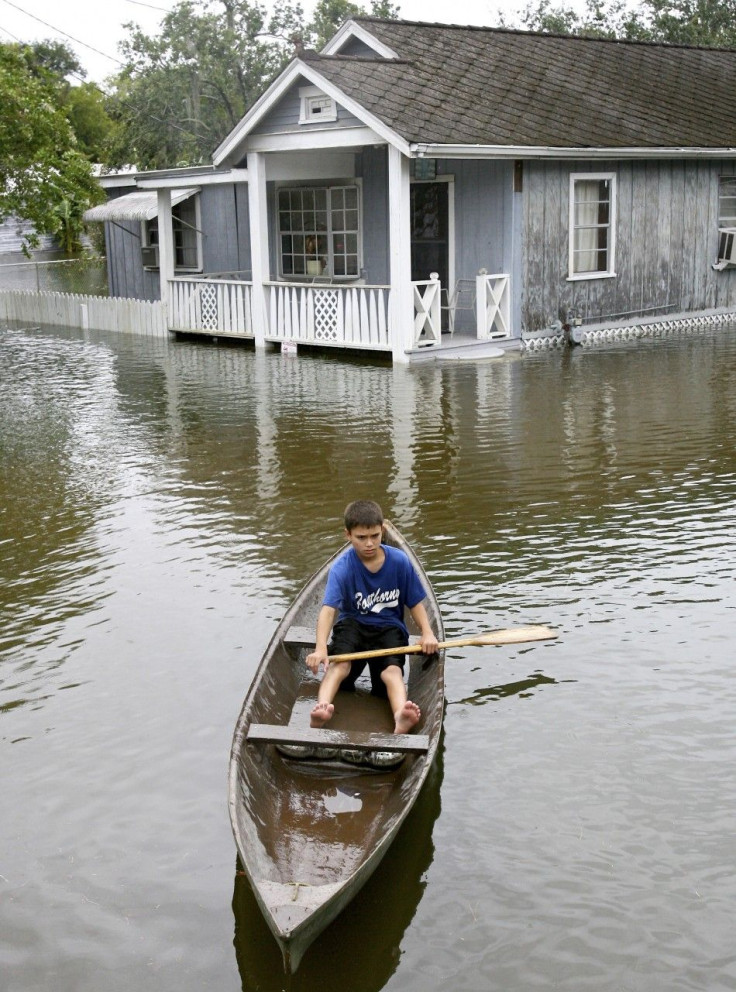Pennsylvania Flooding: Mass Evacuations as Delaware and Susquehanna Rivers Rise

Less than two weeks after parts of the Northeast were flooded by Hurricane Irene, there has been a new spate of flooding in Pennsylvania from the remnants of Tropical Storm Lee.
Central and eastern Pennsylvania are being hard-hit by the storm, with the Delaware River expected to crest at a level not seen since Hurricane Ivan in 2004. The remnants of Lee could bring 1-2 inches of rainfall per hour, according to the Chicago Tribune.
The Susquehanna River was also expected to crest well above flood stage, but local officials are hoping that the levees built after Hurricane Agnes flooded the region in 1972 will hold back the rising waters. It'll be a close call, though -- officials believe the levees can hold back 41-43 feet of water, and the Susquehanna is projected to crest at 40.7 feet.
The situation is already drawing comparisons to Agnes, which, nearly 40 years later, is still the worst disaster in Pennsylvania's history. The hurricane brought up to 18 inches of rain in two days and left 220,000 people homeless. Residents hope it won't be as bad this time around, both because of the levees built after Agnes and because weather forecasts are more accurate now, allowing officials to issue evacuation orders further in advance.
Evacuations spanned several counties on Wednesday and Thursday, with more than 100,000 residents of towns along the Delaware and Susquehanna Rivers rushing to higher ground. Flood warnings have also been issued for parts of Berks, Bucks, Montgomery and Philadelphia Counties.
Flooding from the Delaware has already flooded some major roads, including a section of Route 611, and officials have closed several bridges that lead over the river into New Jersey. In Columbia and Wyoming Counties, roads are open only to first responders and other essential personnel, and the speed limit on part of the Pennsylvania Turnpike has been reduced to 45 miles per hour.
At least one person has already died as a result of the flooding -- a motorist who drowned in his car in Lancaster County -- and officials believe a second person may have drowned as well.
© Copyright IBTimes 2024. All rights reserved.











